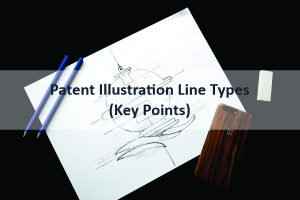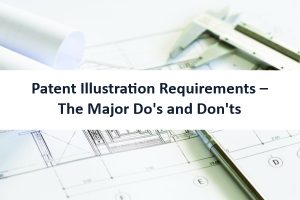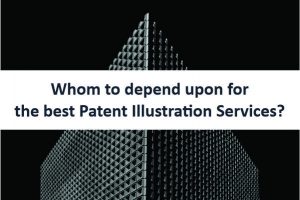Introduction: The Role of Patent Illustrations
Patent illustrations play a crucial role in the patent application process. They provide visual representations of an invention, aiding in the understanding of its features, structure, and functionality. Effective patent illustrations not only enhance the clarity of the invention but also strengthen the overall patent application. In this article, we will explore the key steps to create impactful patent illustrations that effectively communicate your invention to patent examiners and other stakeholders.
1. Understand the Requirements and Guidelines
Before starting the creation of patent illustrations, it is essential to understand the specific requirements and guidelines set by the patent office where you plan to file your application. Different jurisdictions have different rules regarding the size, format, labeling, and content of patent drawings. Familiarize yourself with these guidelines to ensure compliance and avoid potential delays or rejections.
2. Accuracy and Detail Matter
Accurate and detailed illustrations are critical in patent applications. The drawings should depict the invention precisely, including all its essential features and components. Avoid ambiguity or confusion by using clear lines, well-defined shapes, and proper proportions. Pay attention to scale, dimensions, and labeling to provide a comprehensive visual representation of your invention.
3. Clarity and Simplicity
Patent illustrations should be clear and easy to understand, even for individuals with limited technical knowledge. Use simple and straightforward visual elements to convey the invention’s essence. Avoid unnecessary complexity or decorative elements that may distract from the core features of the invention.
4. Follow Standard Drawing Conventions
There are standard drawing conventions for patent illustrations that help ensure consistency and facilitate understanding. These conventions include using solid lines for visible features, dashed lines for hidden or invisible parts, shading for three-dimensional objects, and appropriate cross-referencing. Adhering to these conventions improves the professionalism and comprehensibility of your patent drawings.
5. Consider Multiple Views and Perspectives
In many cases, it is beneficial to provide multiple views or perspectives of your invention in the patent illustrations. Different angles, cross-sections, or exploded views can help showcase the various aspects and functionality of the invention. Including these different views allows patent examiners and other readers to gain a comprehensive understanding of your invention’s structure and operation.
6. Engage Professional Patent Illustrators
Creating effective patent illustrations can be a complex task that requires technical expertise and artistic skills. Engaging professional patent illustrators can significantly enhance the quality and impact of your drawings. These experts are well-versed in patent drawing requirements, have experience in various technical fields, and possess the necessary artistic abilities to create accurate and visually appealing illustrations that meet the patent office guidelines.
7. Collaborate with Your Patent Attorney
Your patent attorney plays a crucial role in guiding you through the patent application process. Collaborate closely with your attorney and involve them in the creation of patent illustrations. They can provide valuable insights, review the drawings for accuracy and compliance, and ensure that the illustrations effectively support the written description of your invention.
Conclusion: Enhancing Your Patent Application with Effective Illustrations
Creating effective patent illustrations is a vital step in the patent application process. Accurate, detailed, and visually clear drawings enhance the understanding and interpretation of your invention, increasing the chances of a successful patent application. By understanding the requirements, focusing on accuracy and clarity, following standard conventions, and considering professional assistance, you can create impactful patent illustrations that strengthen your patent application and effectively communicate the unique aspects of your invention to patent examiners.



